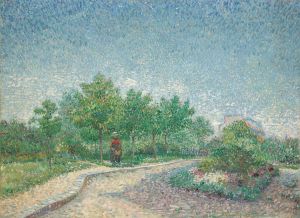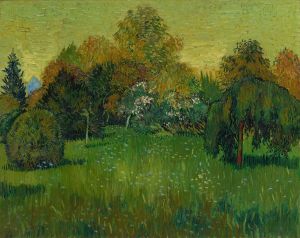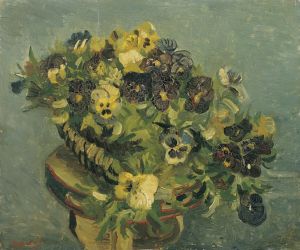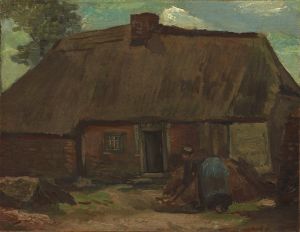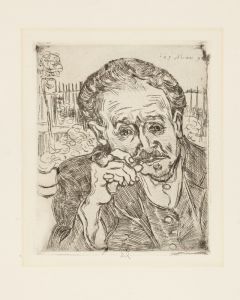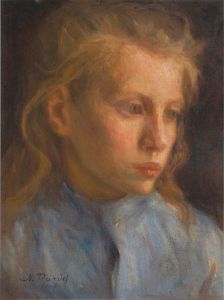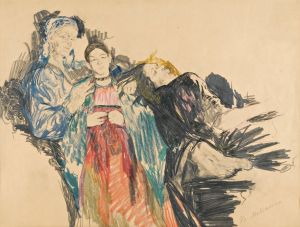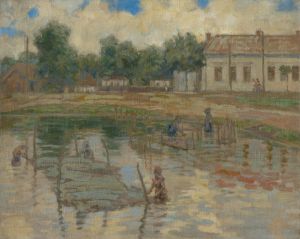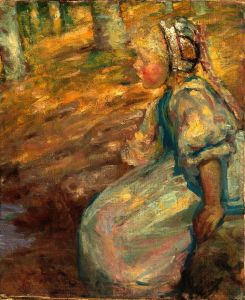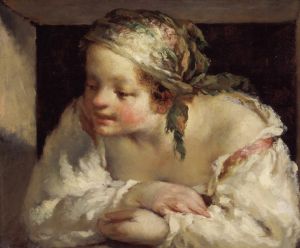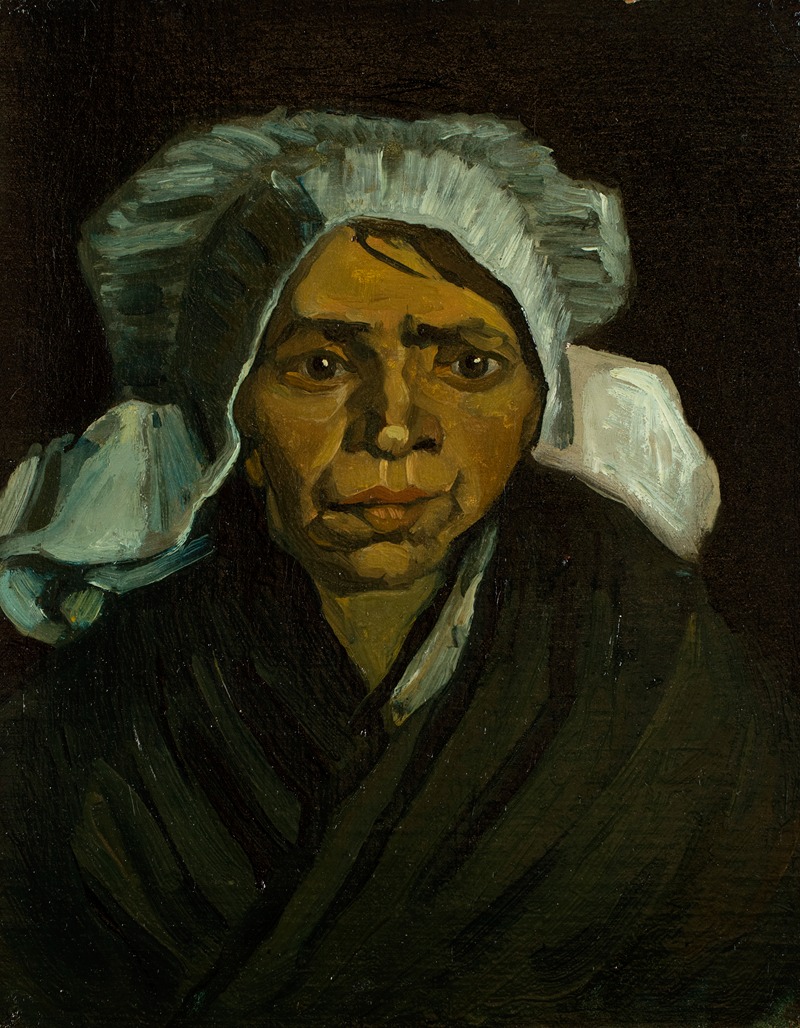
Head of a Peasant Woman
A hand-painted replica of Vincent van Gogh’s masterpiece Head of a Peasant Woman, meticulously crafted by professional artists to capture the true essence of the original. Each piece is created with museum-quality canvas and rare mineral pigments, carefully painted by experienced artists with delicate brushstrokes and rich, layered colors to perfectly recreate the texture of the original artwork. Unlike machine-printed reproductions, this hand-painted version brings the painting to life, infused with the artist’s emotions and skill in every stroke. Whether for personal collection or home decoration, it instantly elevates the artistic atmosphere of any space.
"Head of a Peasant Woman" is an oil painting created by the Dutch artist Vincent van Gogh in 1884. This work is part of a series of studies that van Gogh painted during his time in Nuenen, a small village in the Netherlands where he lived from late 1883 to late 1885. The painting reflects van Gogh's interest in depicting the lives and struggles of rural laborers, a theme that was central to his work during this period.
The painting portrays the head and shoulders of a peasant woman, rendered in a somber and earthy palette dominated by browns, greens, and ochres. The woman is depicted wearing a simple bonnet, a common feature of rural attire at the time. Her expression is serious and introspective, emphasizing the hardships and dignity of her life as a laborer. Van Gogh's brushwork in this piece is deliberate and textured, capturing the ruggedness of the subject's features and the rawness of her existence.
This study is one of many preparatory works van Gogh created in the lead-up to his first major painting, "The Potato Eaters" (1885). During his time in Nuenen, van Gogh was deeply influenced by the social realism of artists like Jean-François Millet, who also focused on the lives of peasants. Van Gogh sought to portray his subjects with honesty and empathy, avoiding idealization and instead emphasizing their connection to the land and their resilience in the face of adversity.
"Head of a Peasant Woman" is notable for its focus on realism and its departure from the brighter, more colorful style that van Gogh would later develop during his time in France. The painting reflects his commitment to studying human anatomy and capturing the essence of his subjects. Van Gogh often used local villagers as models for his studies, and this work is believed to depict one of the women from the Nuenen community.
The painting is now part of the collection of the Van Gogh Museum in Amsterdam, which houses many of the artist's works from his early Dutch period. It serves as an important example of van Gogh's development as an artist and his dedication to portraying the lives of ordinary people with authenticity and respect.







